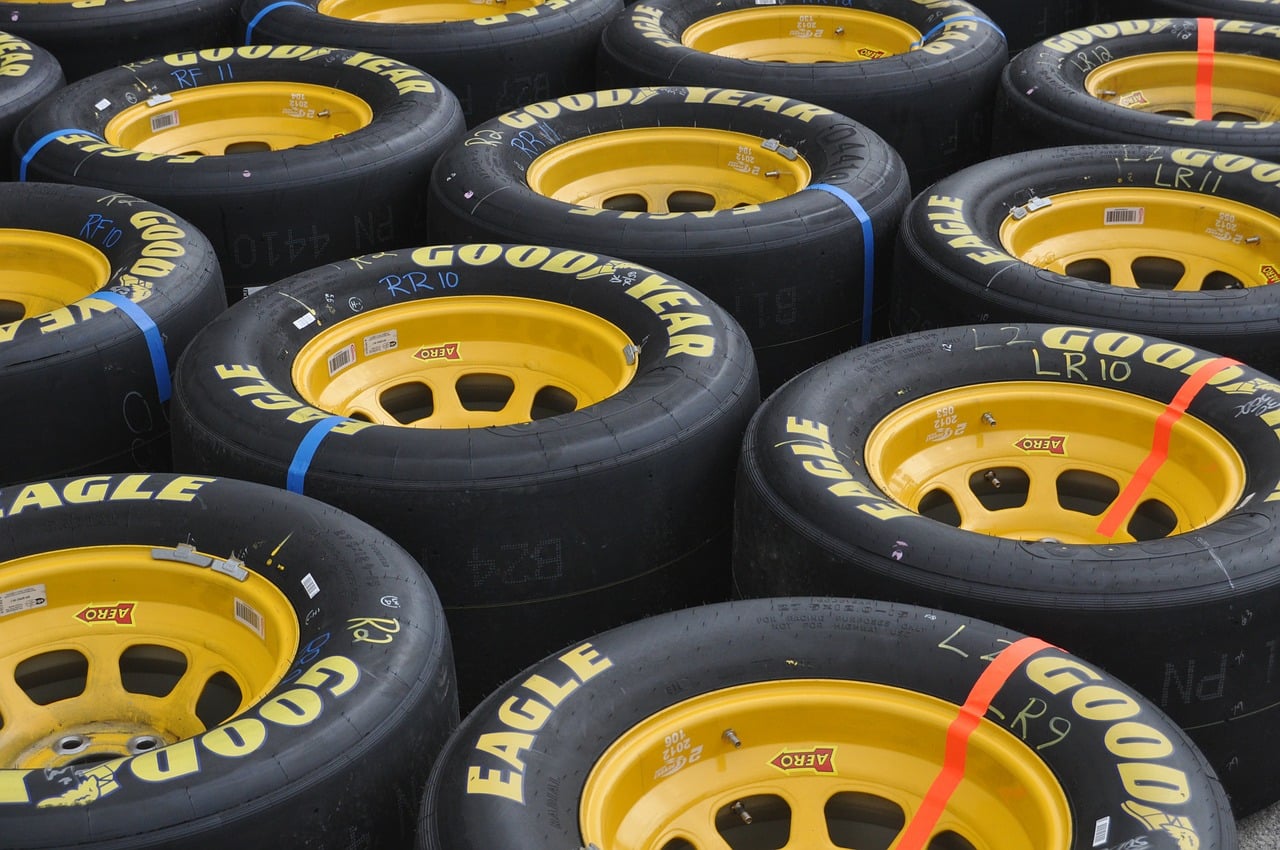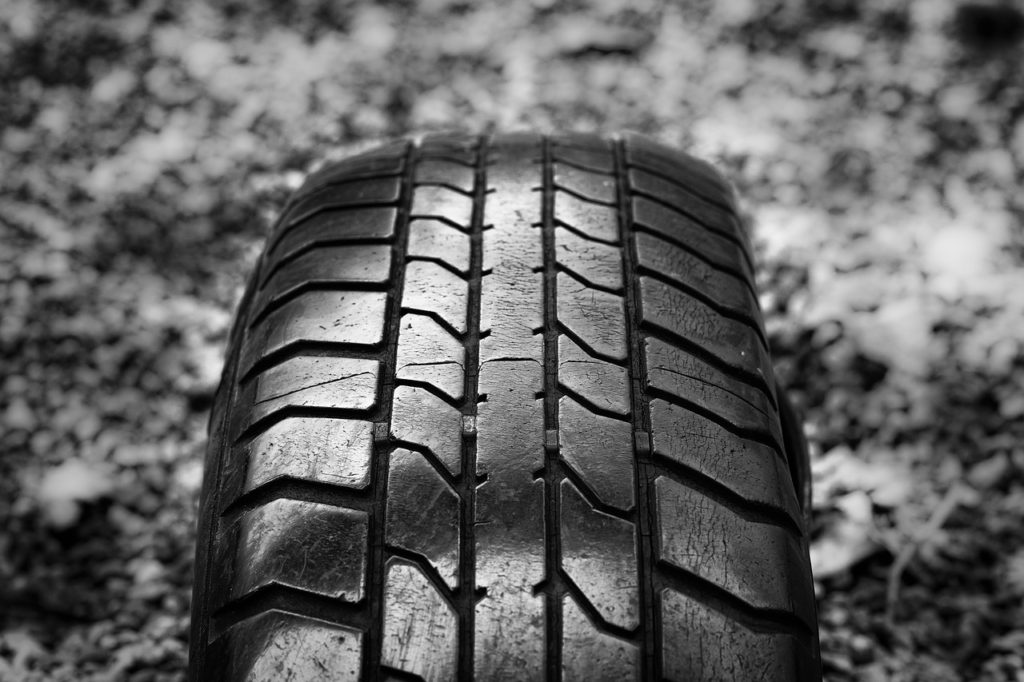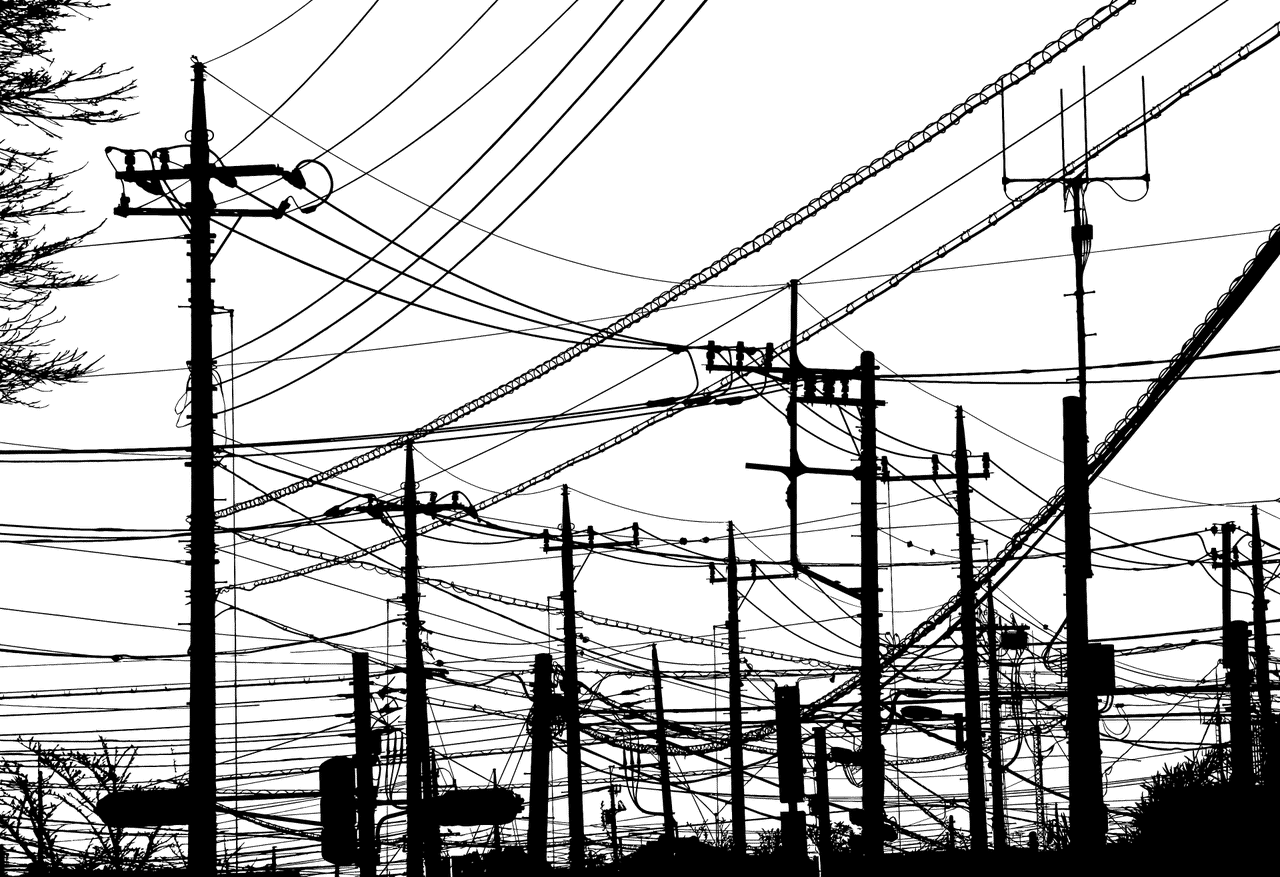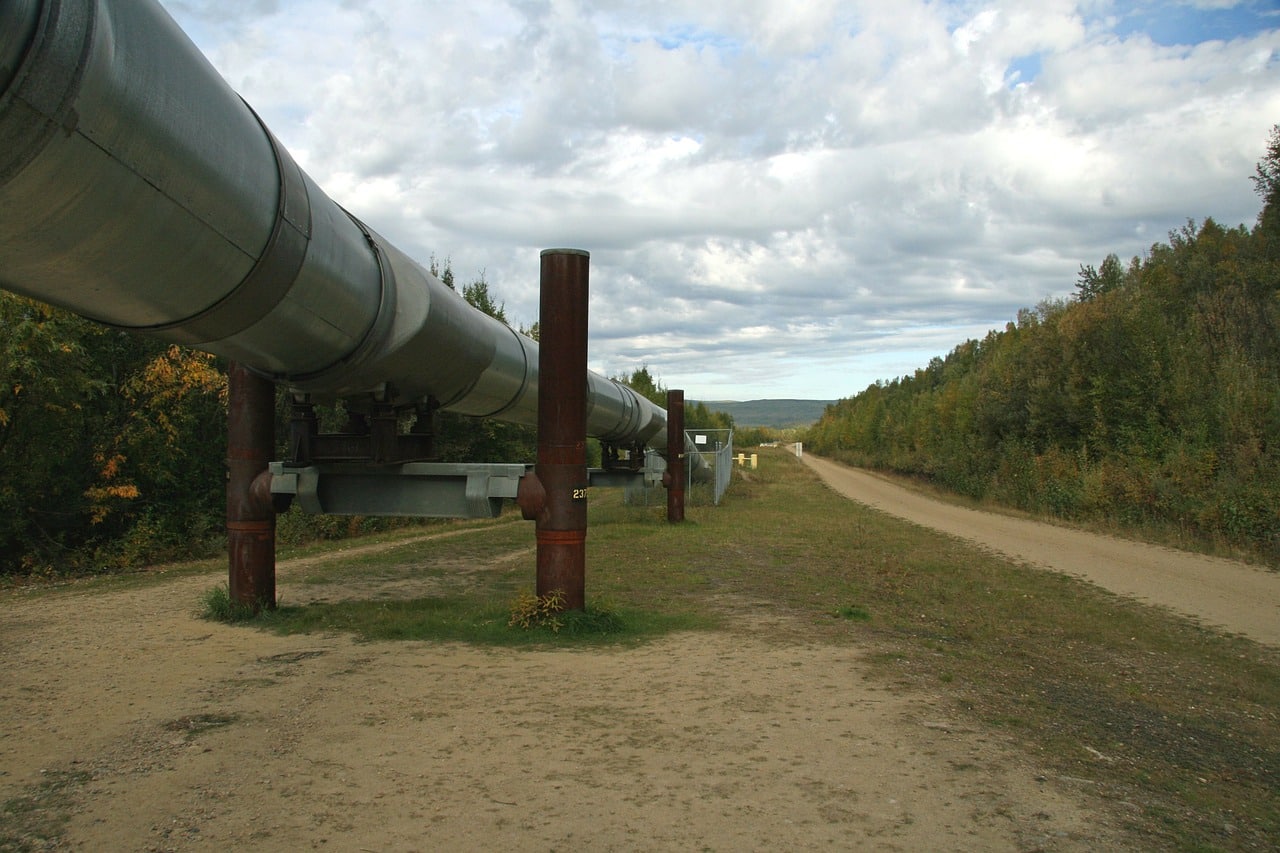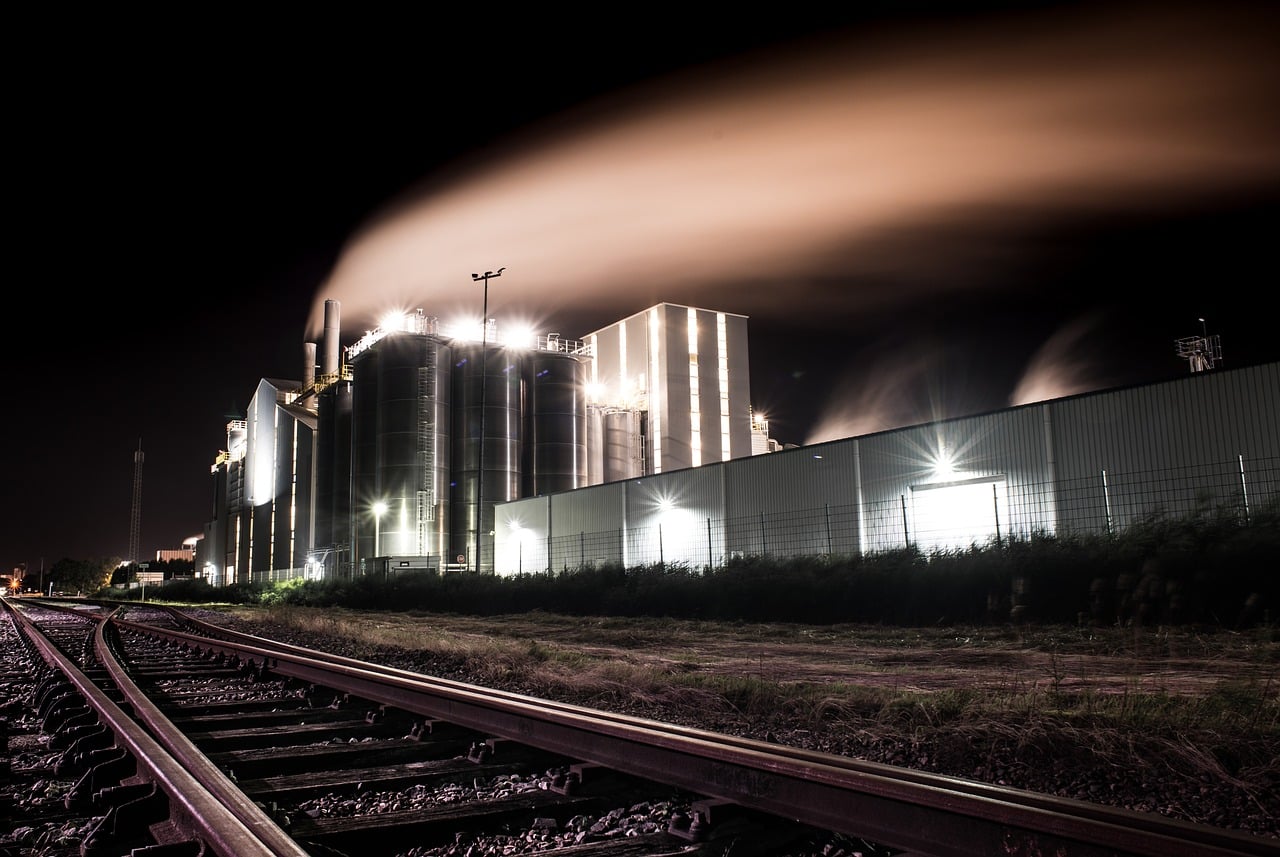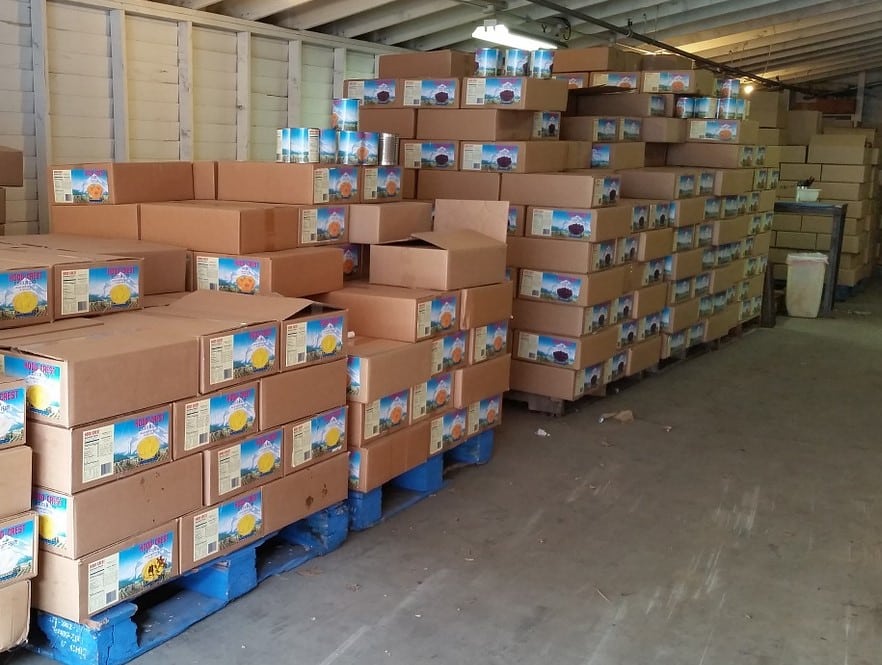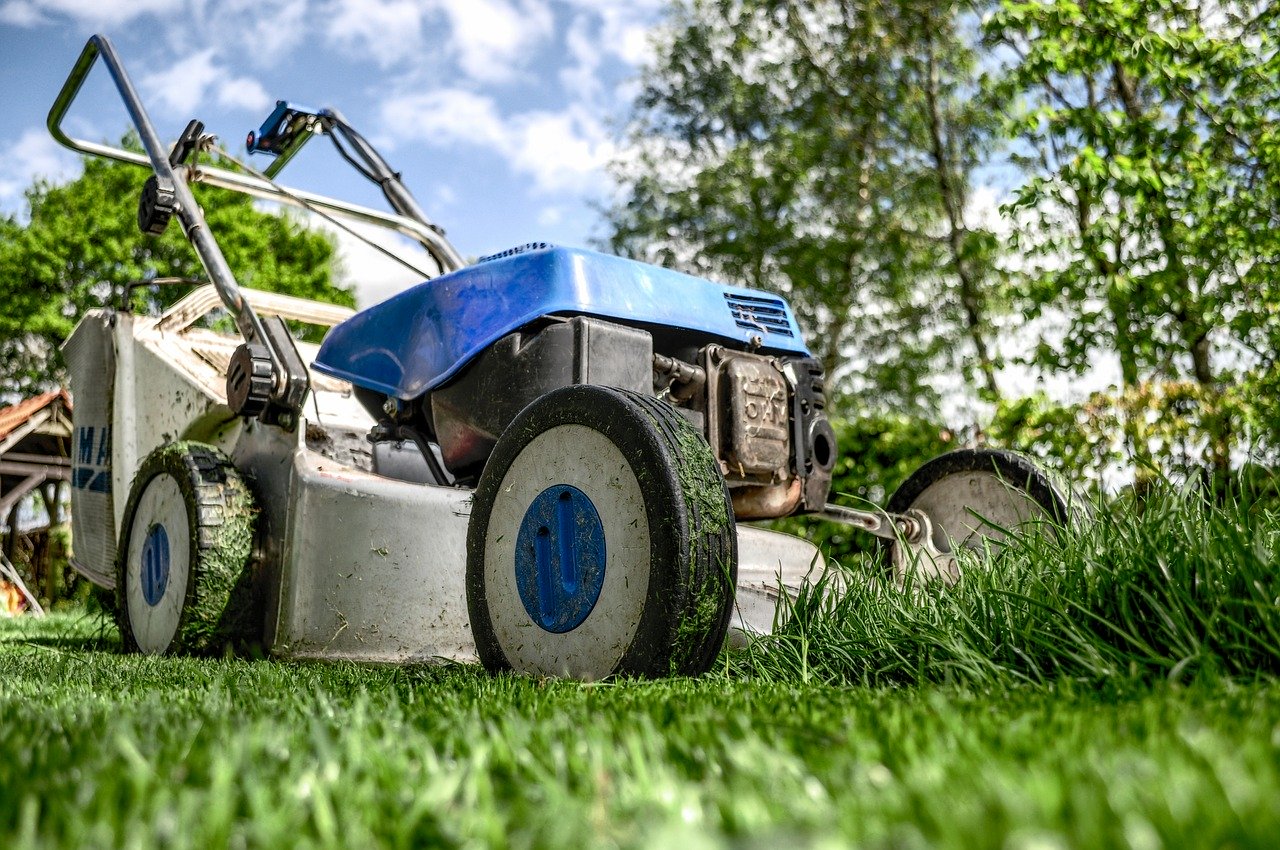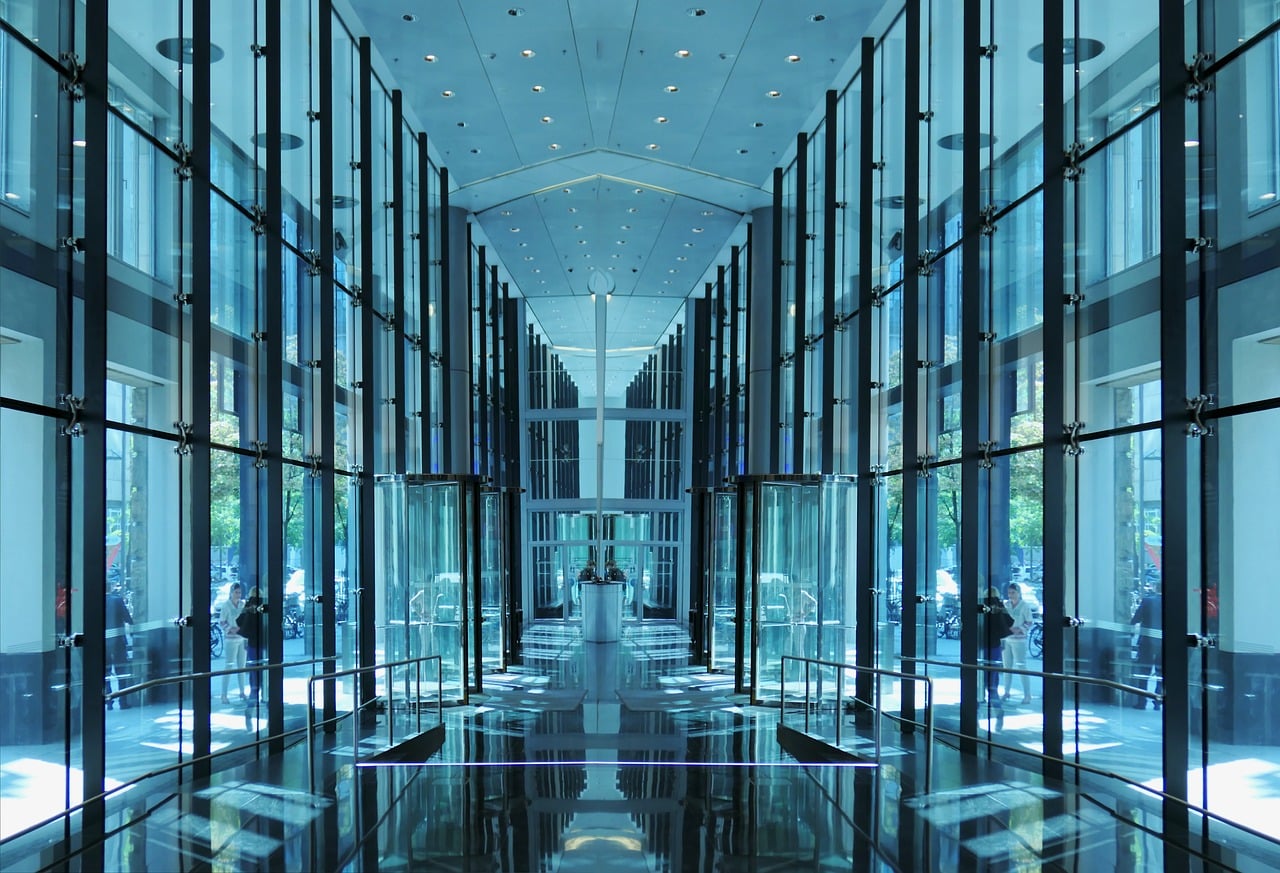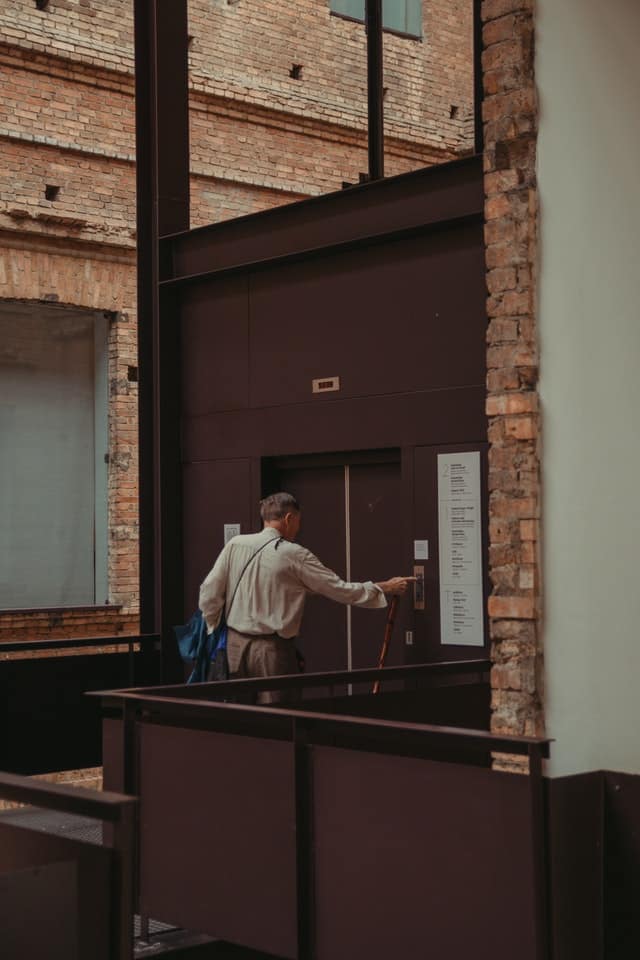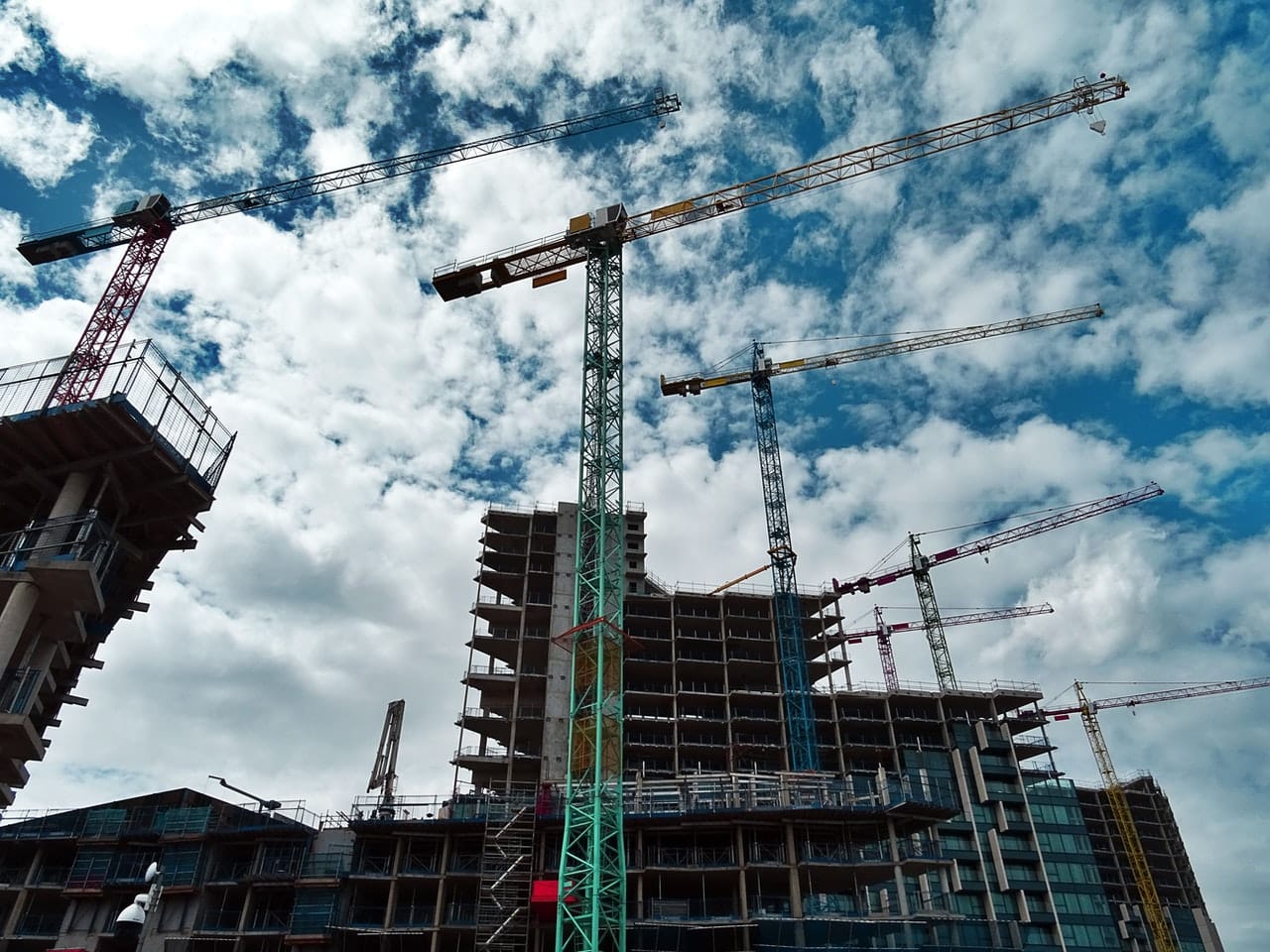If your construction company builds or repairs streets, roads, or highways, then this worker’s comp insurance guide will help you understand if your operations are properly classified and that you have the right business coverage for your needs.
This post was first published on August 30, 2011, and updated on June 29, 2020.
New York Workers Comp Insurance for Road Construction Class Code 5507
Description: Code 5507 workers are engaged in street or road construction involving subsurface work. This means clearing of the right-of-way, earth excavating, and filling and grading. This work may include removal of detached rock or small boulders which may also be broken up. This is not mass rock excavation classification (refer to code 6717). This also includes sand and gravel digging when performed by contractors as a part of earth excavating and filling operations to place the roadbed at the proper grade.
Materials Used: Construction tools
Pricing: Solid companies with a good loss history can obtain better than average pricing on NYS Workers’ compensation rates.
Click here for rates
ROAD CONTRACTORS
Category: Contractors – Construction
SIC CODE: 1611 Highway and Street Construction, Except Elevated Highways
1622 Bridge, Tunnel, and Elevated Highway Construction
NAICS CODE: 237310 Highway, Street, and Bridge Construction
Suggested ISO General Liability Code: 99321, 99315, 91266, 91265
Suggested Workers Compensation Codes – New York Workers Comp Insurance for Road Construction: 5506, 5507, 5508
Description of operations: Street and road contractors build, maintain, or repair streets, highways, and interstates. After the route is designed and the land cleared, road construction consists of grading and compacting the earth, laying a bed of gravel, laying down the subsurface roadbed (usually of cast-in-place reinforced concrete), surfacing the road with the pavement, drying and curing, and marking lanes and crosswalks. Road contractors may perform all of these operations or just the subsurface work. Bridges, underpasses and viaducts, and projects over or near water involve additional steps. Surface work includes laying down the uppermost surface (“wearing surface”) which must withstand the wear-and-tear from tire friction and from the elements. The surface may be made of asphalt or concrete. A cold or hot mixture may be used for paving. Cold mixtures are often used for temporary repairs and patching as they can be used at lower temperatures, but they are not as strong or durable as a hot mix, which is a combination of asphalt and concrete. Operations may include transporting unwanted dirt and debris to dumpsites or bringing sand, gravel, and other materials to the job site. Hot mix plants (“batch plants”) that are transported to job sites generally produce paving materials, but smaller operations will purchase the hot mix and have it delivered to their job site.
Property exposures at the contractor’s own location are usually limited to an office and storage of material, equipment, and vehicles. Ignition sources include electrical wiring, heating, and air conditioning systems. If repair work on vehicles and equipment is done in the building, fire hazards may be high due to the storage and use of flammable gasoline and other fuel sources. The contractor’s yard may include piles of gravel, sand as well as large mixing, or batch plants awaiting transport to job sites. If equipment and supplies are stored in the yard, they may be damaged due to wind, vandalism, and theft. Appropriate security measures must be in place including lighting and physical barriers to prevent unauthorized access.
Crime exposure is from employee dishonesty. Background checks should be conducted prior to hiring any employee. All orders, billing, and disbursements must be handled as separate duties and annual external audits conducted.
Inland marine exposures are from accounts receivable if the contractor bills customers for services, contractors’ equipment, including hot mix plants, goods in transit, installation floater, and valuable papers and records for project plans, clients’ and suppliers’ information. Construction equipment is heavy and difficult to transport.
The training of drivers and haulers, especially with respect to the loading, tie-down, and unloading, is important to avoid damage from overturning or collision. At the job site, hazards come from uneven terrain, from the abrasive or caustic nature of some of the materials, or from the sheer weight of the surfacing material as it may exceed the equipment’s load capacity.
Tools and equipment may be damaged by dropping and falling from heights or being struck by other vehicles. Hot mix plants may overheat and catch on fire. Materials and equipment left at job sites may be stolen or vandalized unless proper controls are in place.
Jobs may involve placement of large precast concrete deck segments manufactured offsite, transported to the job, and lifted up onto bridge piers or other structures with a crane. Resulting hazards include instability due to overload and wind velocity, causing possible damage to both the crane and the building materials. Copies of project plans should be kept at an offsite location for easier restoration.
Premises liability exposure is low at the contractor’s premises since visitor access is limited. Equipment and materials stored in the open may present an attractive nuisance to children. If a hot tar process is used at the contractor’s premises, it poses a fire hazard as high winds may carry smoke and heat to adjacent properties. Contact with the tar or bitumen is a minor injury and property damage hazard.
At job sites, the contractor is responsible for the safety aspects of the entire project even after hours when there is no construction activity. Digging and excavation, the operation of heavy machinery and asphalt plants, and the weight of large mixers and mix-in-transit vehicles present numerous hazards to the public and to employees of other contractors. Hazards increase significantly in the absences of job site control, including spotters, signage, and barriers where appropriate. Road contractors must contend with vehicular, bicycle, and foot traffic. The smoke, dust, and noise generated by paving operations are often nuisance hazards. The uneven ground, hot tar, and heavy machinery may result in serious injuries to passersby and motorists, as well as property damage to adjacent vehicles, buildings, and residences. Grading and trenching may result in damage to underground lines or piping, some of which may be catastrophic. Serious traffic accidents may occur in the absence of an appropriate barricading system and clear marking of streets and roads that are closed. The party responsible for warning signs, barricades, and other precautions for drivers must be spelled out in any contract. Construction sites create an attractive nuisance hazard, especially if work is close to residential areas. Wet pavement, in particular, attracts children and vandals. Safety barriers such as perimeter fencing may be needed, especially if work is left uncompleted overnight. If the insured does do road work on bridges there may be hazards to persons and property due to falling objects. Work near water also poses unique hazards.
Completed operations hazards vary with the type of operations. Private driveways are generally low hazard work, while trip and fall hazards in a retail parking lot may result in a serious bodily injury loss. Most hazardous of all are airport tarmac and runway projects due to the catastrophic potential of an accident involving a plane full of passengers. Quality control and full compliance with all construction, material, and design specifications is necessary. Hazards increase in the absence of proper record keeping of customer specifications, work orders, change orders, as well as inspection and written acceptance of finished work by the customer.
Environmental impairment liability exposures may arise from the waste generated in the fueling and cleaning of heavy equipment, including mix-in-transit containers, but especially from the asphalt plant. Allowing waste to accumulate either at the job site or in the contractor’s yard could result in contamination of air, ground, or water supply. Collection, transportation, and disposal of waste must meet all federal and state requirements.
Professional liability exposures arise from the design of the project and the interpretation of specifications by the contractor’s engineers. Collapses under a load of traffic are rare but catastrophic. Other factors must be taken into account, including soil conditions for foundations, historic flood and tide levels, and especially wind shear. Due to prior bridge collapses, it is now mandatory that every bridge design is submitted to wind tunnel testing. Many contractors have engineers that will do incidental draft work, such as water drainage channels.
Automobile exposures are very high. Serious property damage or injury to passing pedestrians or motorists or to employees of other contractors can arise during loading and unloading of equipment and materials. Similar hazards are posed if trucks are used for grading of land or dump trucks are used for hauling sand and gravel. The bodily injury and property damage can be severe should hot tar be transported or the contractor uses mix-in-transit units, which are among the heaviest on the road, because of the potential of a unit overturning or being involved in a collision. Equipment unloading and setup may take place on uneven ground, or in undeveloped areas, posing an additional upset or overturn hazard. Long drives with oversized equipment may lead to driver fatigue and resulting accidents. Age, training, experience, and drivers’ records, as well as the age, condition, and maintenance of the vehicles, are all important items to consider. For long-term projects away from home base, personal use of company vehicles poses a concern. Similarly, employees may use their own vehicles on company business for long periods, especially to transport crews to the job site. All drivers must have appropriate licenses and acceptable MVRs. Vehicles must be maintained and the records kept in a central location.
Workers’ compensation exposures can be very high, especially for New York Workers Comp Insurance for Road Construction operations. Serious injuries or even fatalities may occur from vehicles during work on existing roads, particularly in the absence of an appropriate barricading system and clear marking of streets and roads that are closed. Working around the asphalt plants or with the hot mix can result in burns and inhalation of smoke or harsh chemicals. Other common hazards include back injuries, hernias, sprains, and strains from lifting, cuts, and puncture wounds from working with hand tools, foreign objects in the eye, and hearing impairment from cumulative exposure to high-decibel operations. The use, misuse, maintenance, and transport of large, heavy machinery present unique hazards that need review. Digging and grading of land may result in injury from underground electrical cable or gas lines. Work on viaducts, bridges, and ramps may involve some work at heights, with trip and fall hazards. Work over or near water and waterways poses an additional risk of drowning.
Minimum recommended coverage:
Business Personal Property, Employee Dishonesty, Accounts Receivable, Computers, Contractors’ Equipment, Goods in Transit, Valuable Papers and Records, General Liability, Employee Benefits Liability, Umbrella Liability, Business Automobile Liability, and Physical Damage, Hired and Nonownership Auto Liability, Workers Compensation
Other coverages to consider:
Building, Business Income with Extra Expense, Earthquake, Flood, Leasehold Interest, Real Property Legal Liability, Cyber liability, Employment-related Practices Liability, Environmental Impairment Liability, Professional Liability, Stop Gap Liability, Unmanned Aerial Vehicles (UAV) (Drones)
About Enforce Coverage Group
If you’re looking for the best New York Workers Comp Insurance for Road Construction, Enforce Coverage Group specializes in Workers Compensation and Business Insurance for companies in New York, Connecticut, New Jersey, and Pennsylvania. We are located at 1 Penn Plaza NYC with offices in Wilton CT and Huntington NY.
The post New York Workers Comp Insurance for Road Construction Class Code 5507 appeared first on Enforce Coverage Group.
